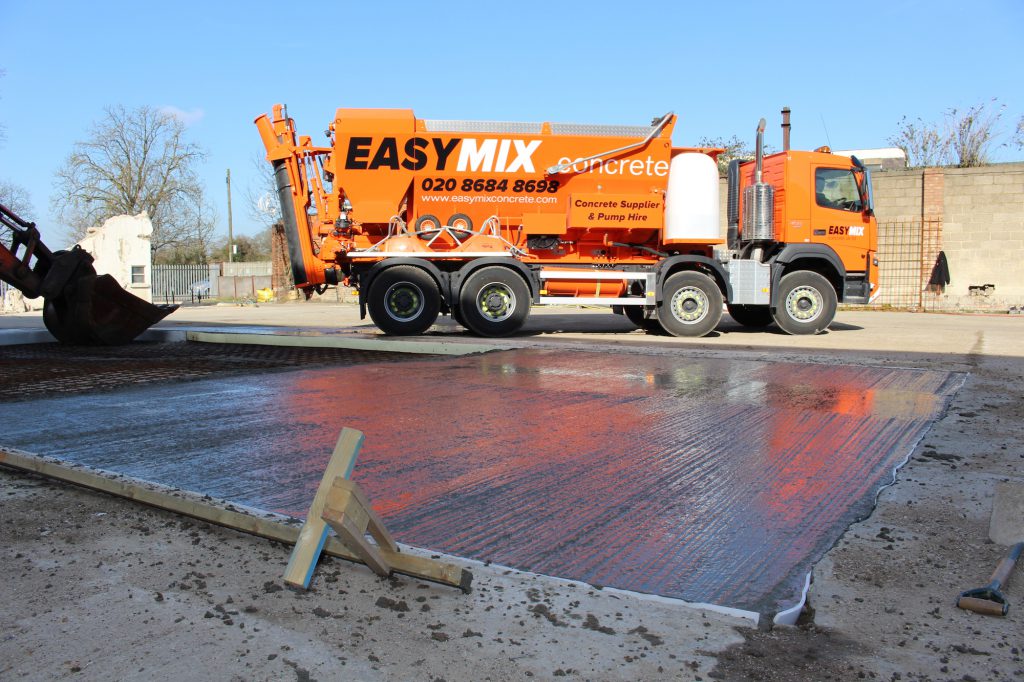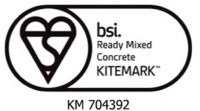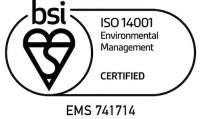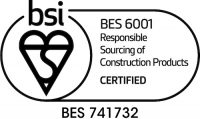When it comes to deciding on which screed is best for your project, you can feel overwhelmed by the sheer number of types. And even then, it’s not always clear what each type of screed is best suited for. So, with this article, we’re going to shed some light on the subject, and look at the different applications of screed.
What is screed?
Screed is a thin layer of material that is placed on top of a concrete subfloor. Usually, screed consists of cement and sharp sand, but coarse aggregates can also be used if a thicker layer is required. The layer of screed is often covered with a decorative finish, but in some cases, such as warehouses, screed can be a finish in and of itself.
Why do we need different types of screed?
On the face of it, screed can seem fairly simple, but given the many variables which need to be taken into consideration with each project, things get more complicated. Let’s take a look at some of these variables:
- Firstly, there are many different types of substrate or subfloor which the screed could be laid on top of, meaning that different properties will be required of the screed.
- Secondly, there will be variation in the types of floor finishes, for example: wood, tiled, carpet, etc.
- Finally, there will be an even larger variation in the uses of each floor. Will it see a lot of footfall? Will it need to withstand heavy loads? Is it a heated floor? These are all factors which need to be taken into account.
Now we understand the wide variety of different projects and structures that screed can be applied to, let’s take a look at some of them in more detail.
Applications of Screed in Factories & warehouses
Given that factory floors have to withstand a great deal of punishment, and most don’t require a specific finish for aesthetic reasons, bonded screed is often used. Bonded screed plays a structural role in the building, as the screed itself is connected directly to the substrate. Ultimately, this means that the floor will be able to stand up to heavy use.
Applications of Screed in Basements and damp-prone areas
If screed is required for a floor that is below ground level, or for a property that is known to be damp prone, your best bet is unbonded screed.
Where bonded screed is actually fused to the substrate, unbonded screed is laid on top of a damp-proof membrane, separating the screed from the concrete. This means that the floor will be much more effective when it comes to fighting damp.
Underfloor heating or insulative flooring
If the project involves underfloor heating or insulated flooring, then floating screed might be the best option. Floating screed is a form of unbonded which is laid on top of an underfloor heating system or layer of insulation and can boost thermal efficiency.

The differing types of screed offer their own benefits and specialist uses – whichever one you need, it’s important it’s used properly in order to get the most out of your mix and ensure your floor is safe to use and fit for purpose. EasyMix Concrete are experts in the creation, supply and installation of the highest quality screed mixes – for more information, get in touch with us today.



